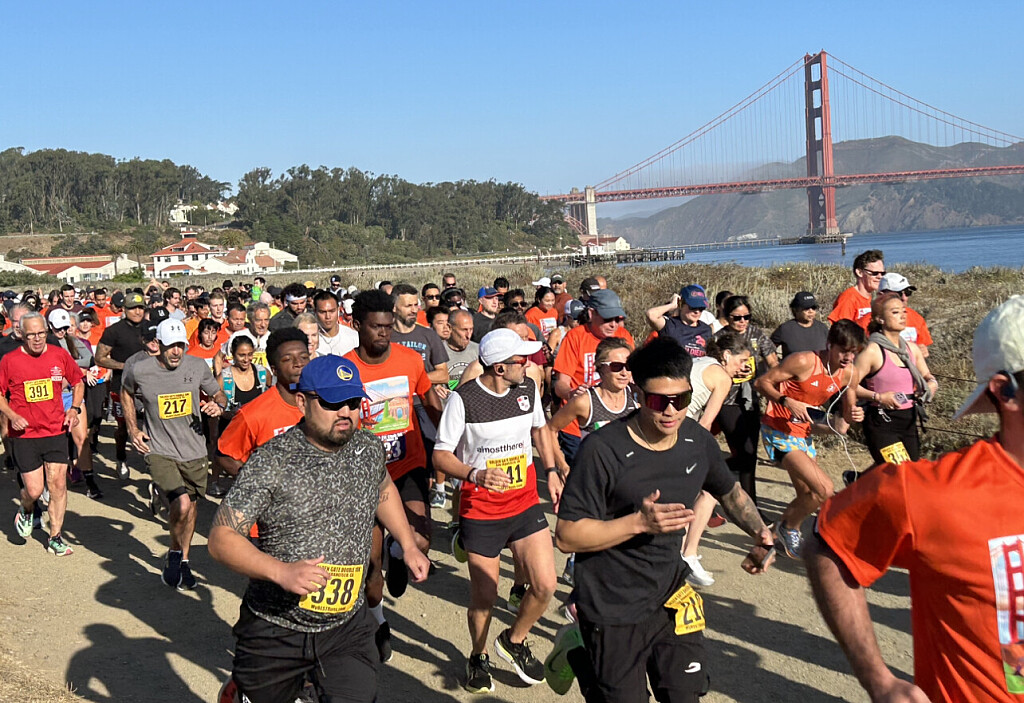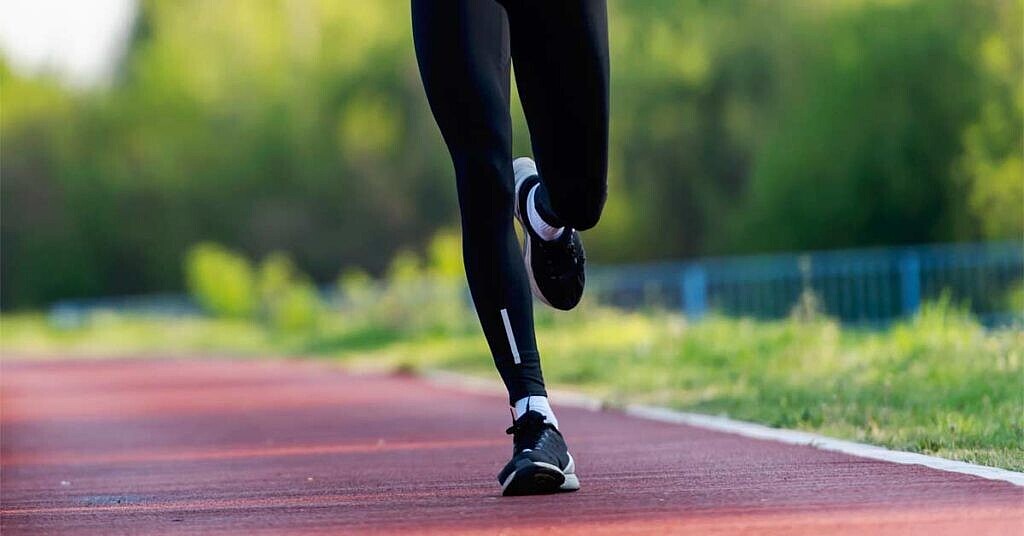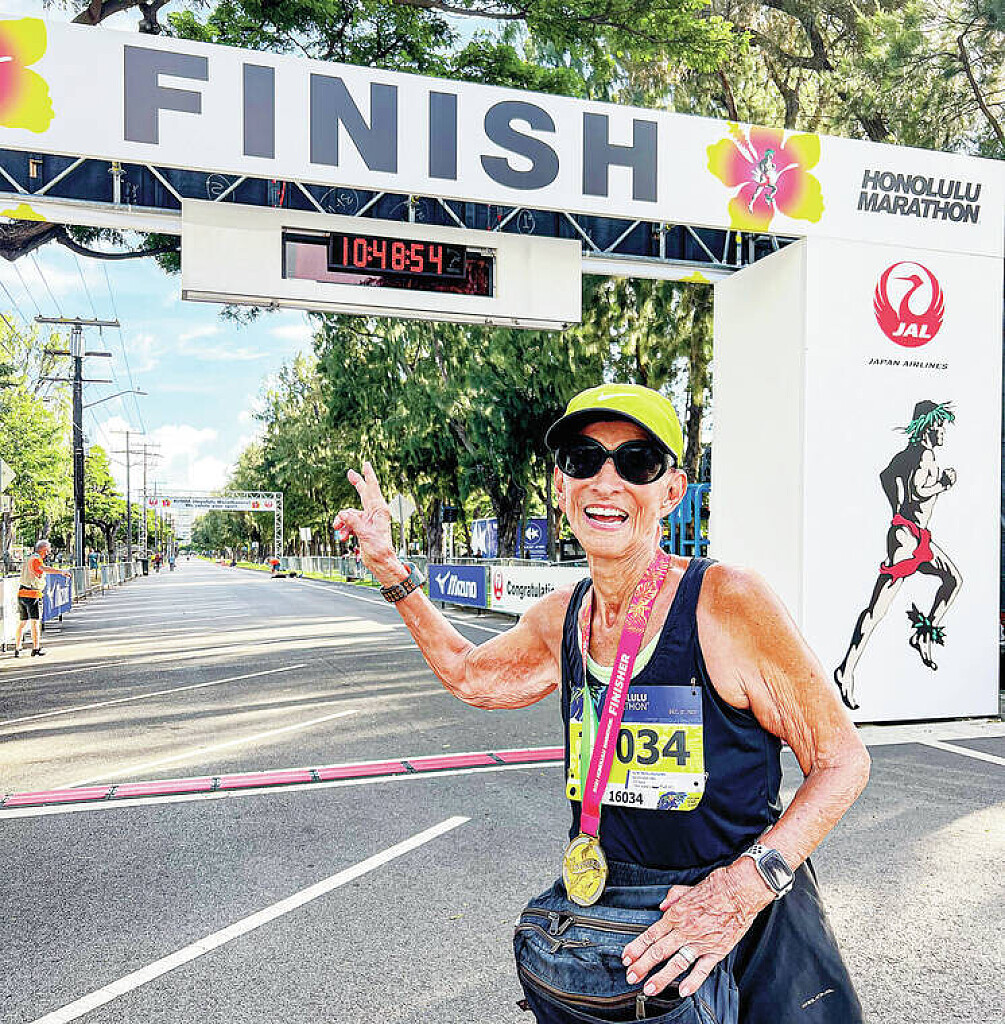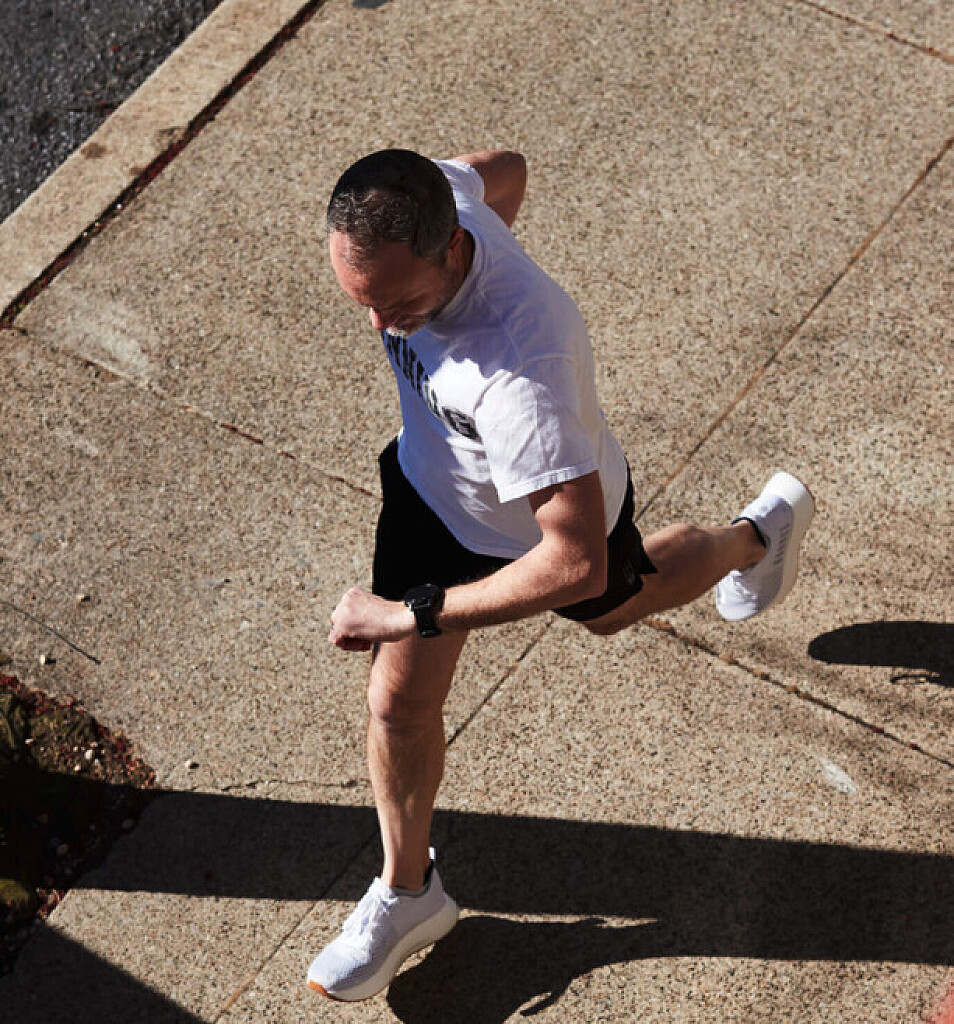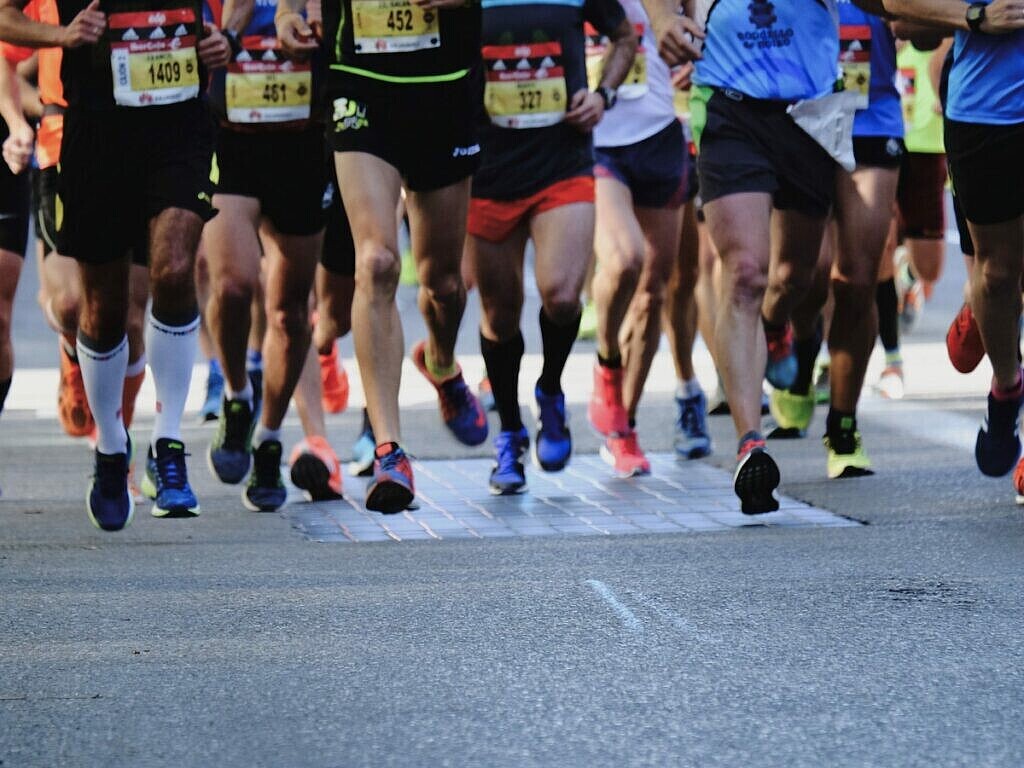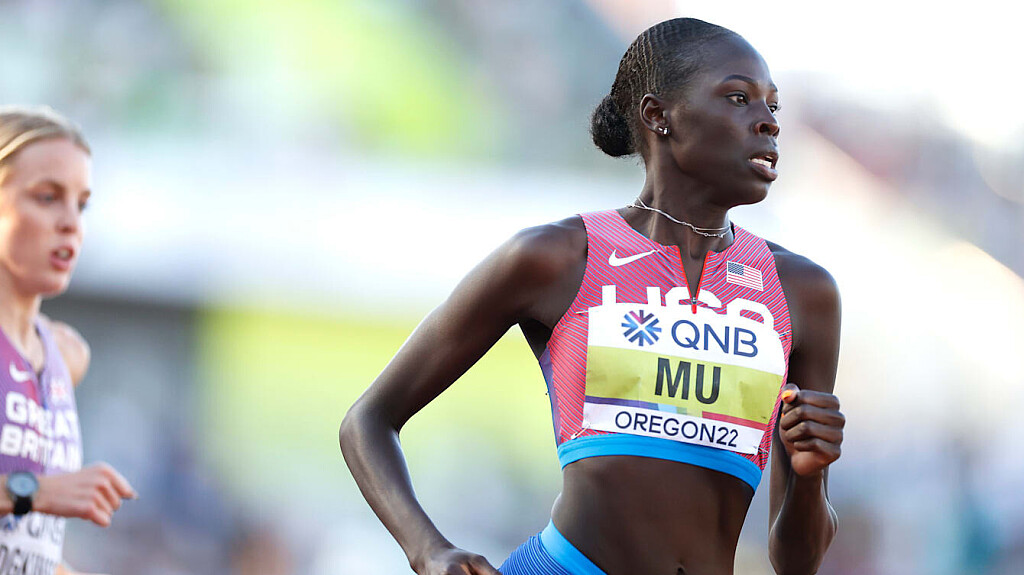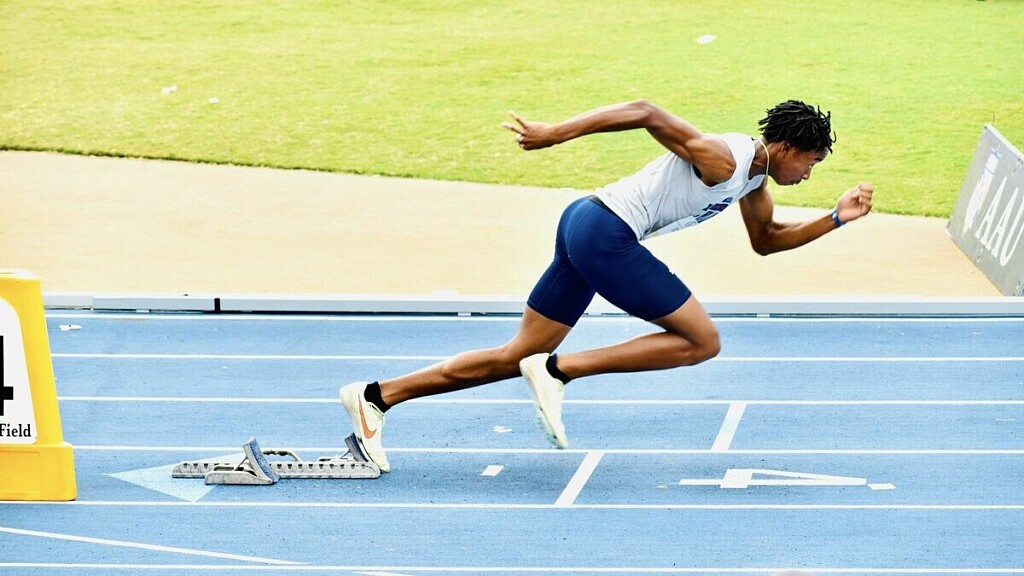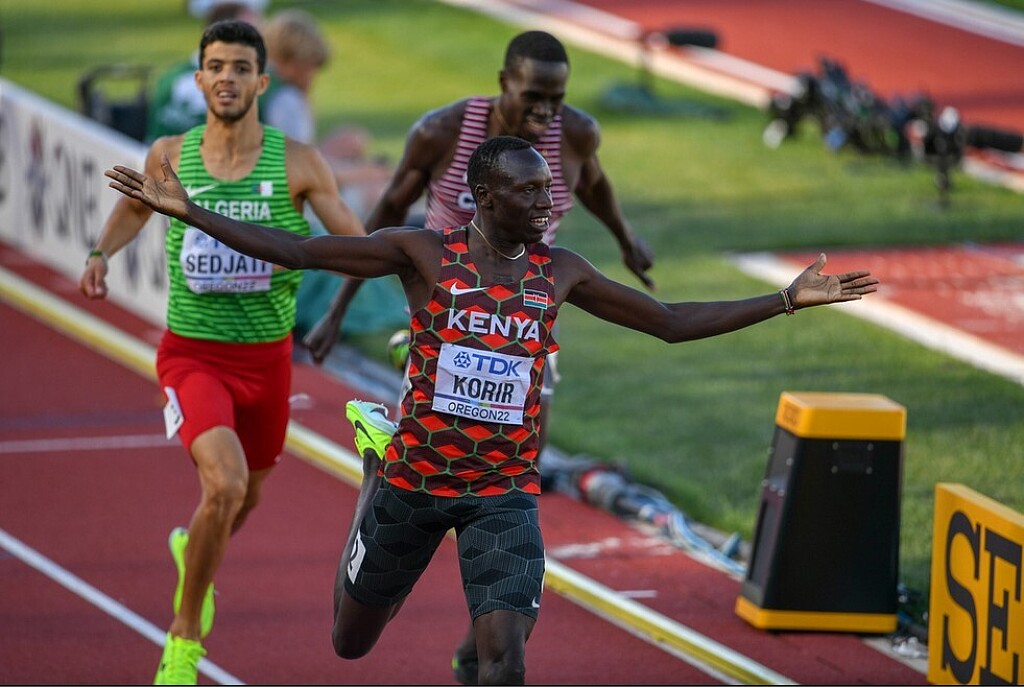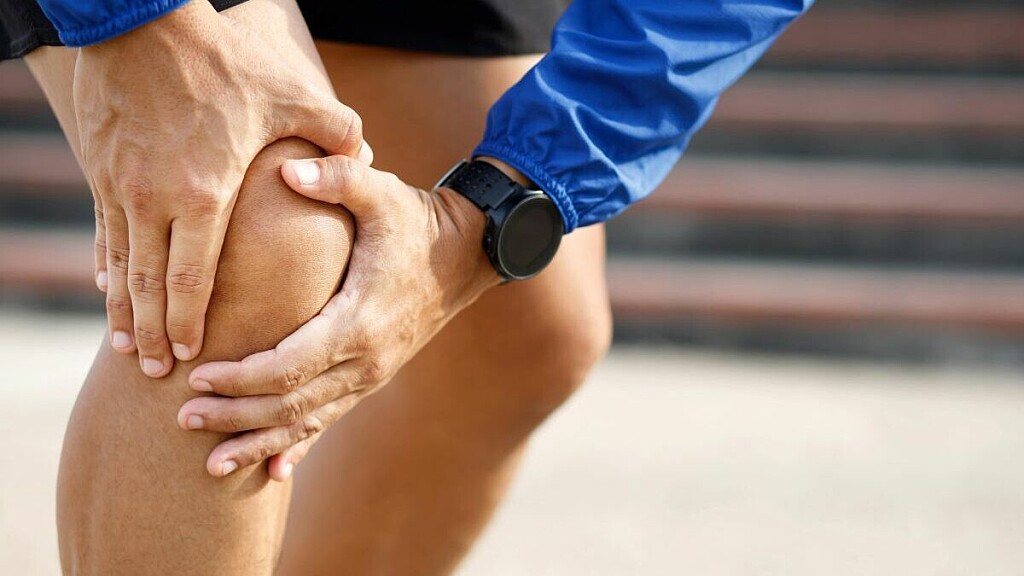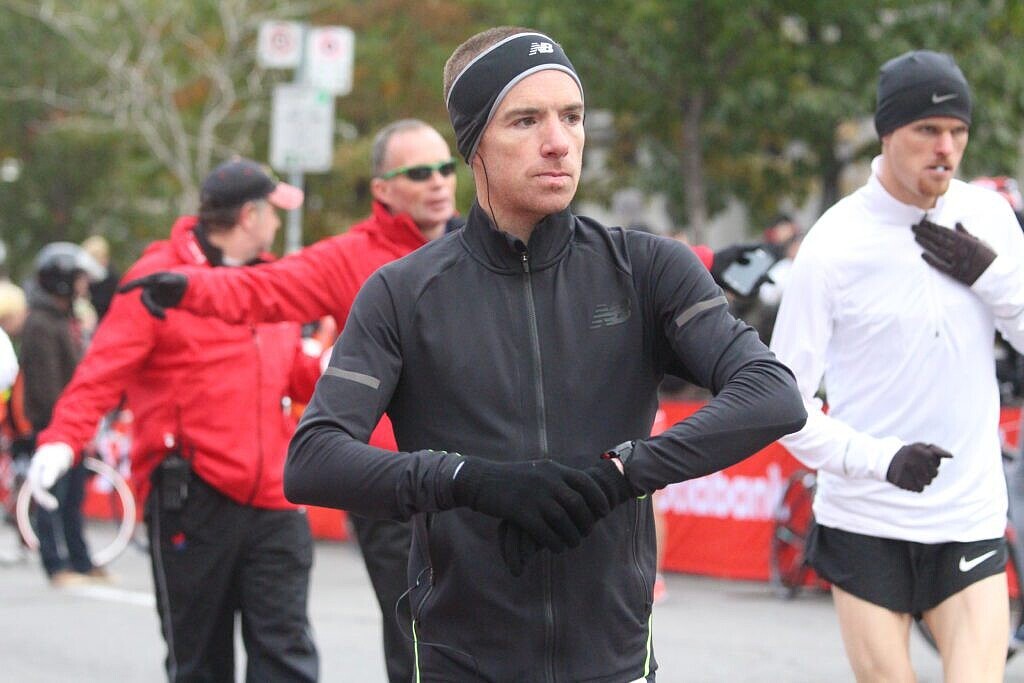Running News Daily
Top Ten Stories of the Week
8/12/2023
These are the top ten stories based on views over the last week.
Two world bests set at the 9th Annual Golden Gate Double 8k today August 6
We had an amazing morning in San Francisco for our 9th annual Golden Gate Double 8k (5k+break+3k) and our Golden Gate 10k/5k. We had 452 registered runners. The weather was perfect. Like in the 50-60’s with hardly any wind. And we could see the GG bridge the whole time.
Congrats to our Double winners: the current king of the Double Anthony Cortes clocked 25:20 (15:52 + 9:28) for the win. 14-yearly-old Caroline Chang did her first double today and won clocking 32:03.
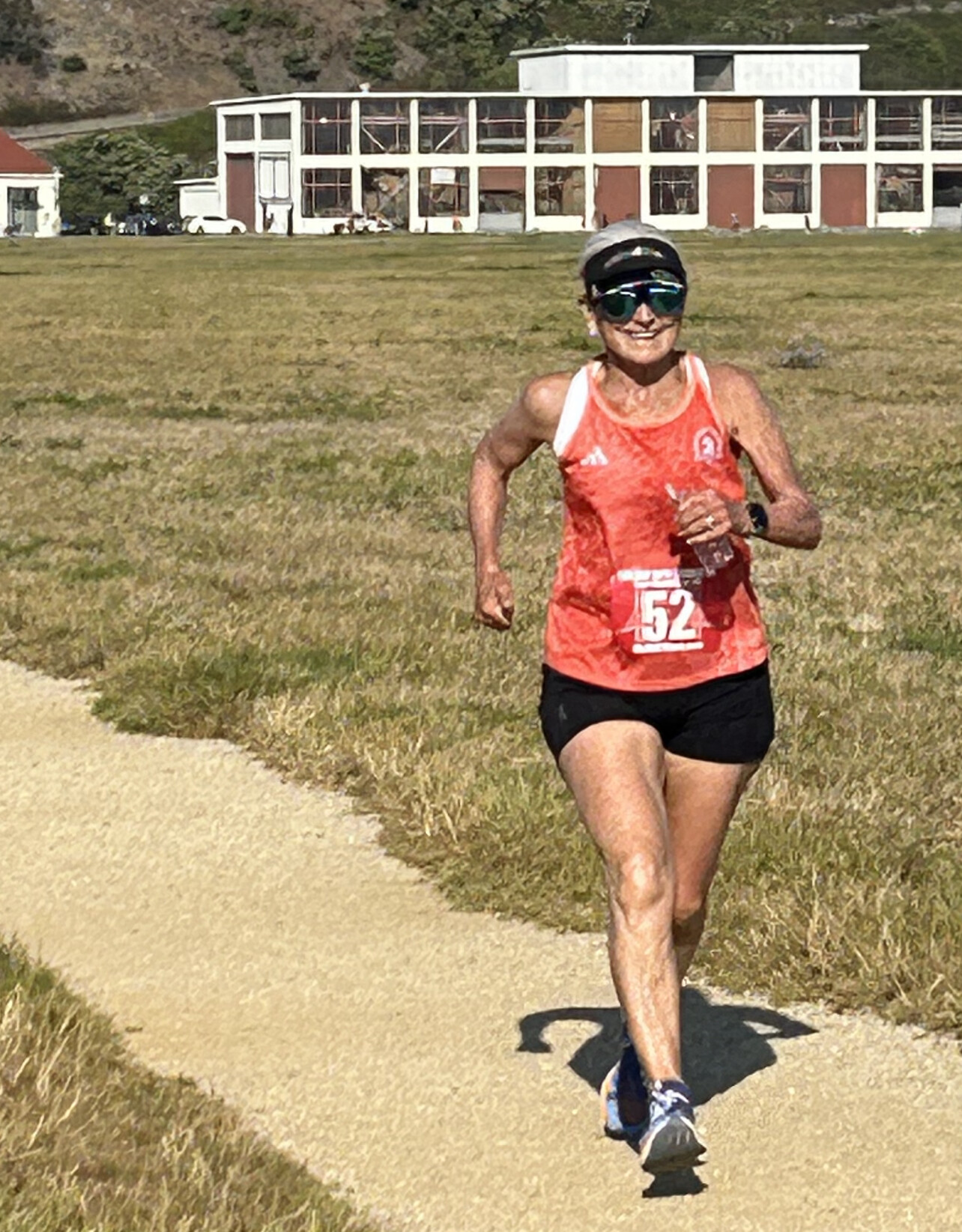
There were two world bests set today. 71-year-old Suzanne Koonce (second photo) from Menlo Park, California smashed the current 70 plus record set by Sharlet Gilbert of 43:38. Suzanne clocked 41:48 today.
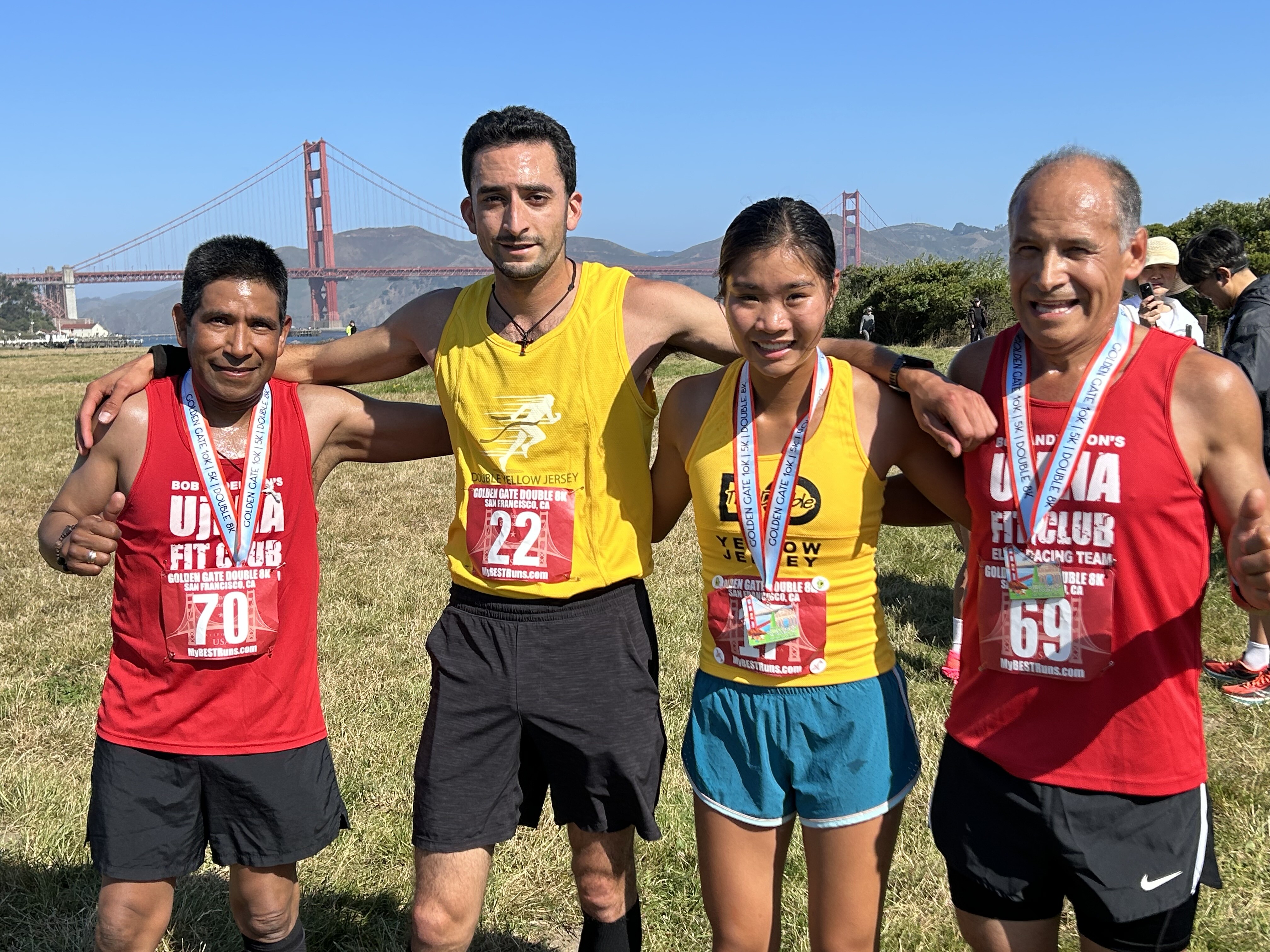
Bobby Hastings of Chico, California set the record for 60-69 a couple of years back of 31:39, a time that was nearly two minutes ahead of everyone else. Today he focused on beating that time and he did clocking 31:29.
The next double racing event is set for Dec 16th in Palo Alto California. The featured event, the Double 15k (10k+test+5k) will be run. There will also be the Palo Alto 10k/5k and the Bob Anderson’s one mile kids run (kids 13 and under).
(08/06/23) Views: 105Tempo sessions for the time-crunched runner
Even the most dedicated runner occasionally finds herself squeezing in frenzied workouts, especially when it comes to those essential harder training sessions. Look no further: you’ll be able to fit any of these challenging tempo sessions in your lunch break and still have time for a quick shower.
A tempo session usually involves a prolonged or sustained moderate effort and is the perfect practice for race day. (The key to avoiding injury while doing them is not starting too hard.)

Colorado-based coach and author David Roche suggests breaking up a tempo session into three parts: for the first third, focus on running smoothly. On the second section, think “relaxed,” and for the final section, think fast(er). “A perfect tempo gets slightly faster as it goes, but is enjoyable until the very last push at the end (when you might even sprint for one minute, if you’re feeling strong),” says Roche.
Broken-up tempo workout

10 minutes easy running to warm up
2 x 10 minutes tempo run (moderate) with 5 minutes easy recovery in between
10 minutes easy running with 4 x 30 seconds fast running mixed in
Short tempo run
10 minutes easy running to warm up
21-minute tempo run at moderate effort
10 minutes easy running to cool down, with 4 x 30 seconds fast running mixed in
Simple tempo repeats
10 minutes easy running to warm up
3 x 8 minutes tempo run at moderate effort, with 3 minutes easy recovery running between intervals
10 minutes easy running to cool down
Remember to follow a hard workout session with an easy running or recovery day.
(08/08/23) Views: 95Keeley Milne
92-year-old grandmother becomes oldest woman to finish a marathon
A grandmother has officially run her way into the Guinness World Records as the oldest woman to complete a marathon. Mathea Allansmith of Koloa, Hawaii, has had her record-breaking run at December’s Honolulu Marathon ratified, an effort that saw her complete the 42.2-km distance in 11 hours, 19 minutes and 49 seconds minutes at the age of 92 years and 194 days. She completed the course in 10 hours and 48 minutes at age 91 the previous year.
Allansmith, who has since turned 93, told Guinness World Records this week that she hasn’t slowed down since her record-breaking run in Hawaii. “I train year-round but increase the mileage starting 18 weeks before a marathon,” she said. “
The pace and number of miles per training day are going to shift around but no matter what, I’ve got my running shoes on and I’m out the door six days per week. These days, on average, I run 36 miles per week.”
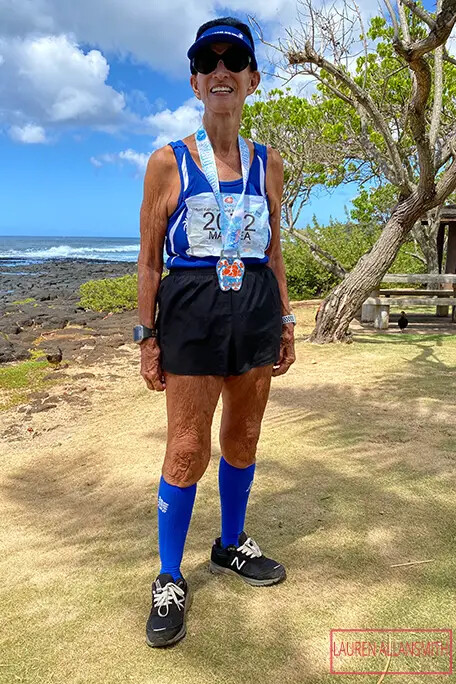
The retired doctor, who began running at age 46, noted her career as a physician drove home the benefits of a healthy diet and an active lifestyle on body and mind. “I see the direct connection between moving and health. … I’d say that my healthy lifestyle has allowed me to maintain a very high quality of life,” she said.
Adding to the thrill of breaking the world record, she said, was being able to do it on a course she so enjoys. “The Honolulu Marathon is my favourite marathon, partly because they don’t close the gate at a certain time, which allows even the slowest runners to finish the race. It’s one of the best-executed races. Fantastic registration, set up and management makes it a joy to participate in,” said Allansmith.

“There were several groups of people filming and cheering me on, even though I crossed the finish line some 11 hours after the start of the race. I felt an enormous sense of accomplishment and joy.”
Allansmith said she plans on running marathons for as long as possible. She added she hopes her recent world record won’t be her last, noting she plans on attempting to break the records for the oldest person to complete a 10K (female) and the oldest person to complete a half-marathon (female) within the year.
(08/04/23) Views: 92Paul Baswick
FEEL LIKE QUITTING YOUR RUN?
There are various reasons to want to quit a dreadful run: The weather conditions may not be in your favor, maybe you didn’t get enough sleep, or perhaps you’re sore from previous workouts and now feel sluggish. You know your body is capable of finishing—you’ve been here before—but your brain is just not on board. Unless you’re physically hurt (in which case, you should stop immediately), it’s time to pull some serious motivational self-talk from deep inside your pockets to get in the final miles.
What else helps? Knowing that you’re not alone. It happens to most runners, including Runner’s World staffers and RW+ members alike. They have bad days as well but also their own tricks to turn them around. Here are some of them.
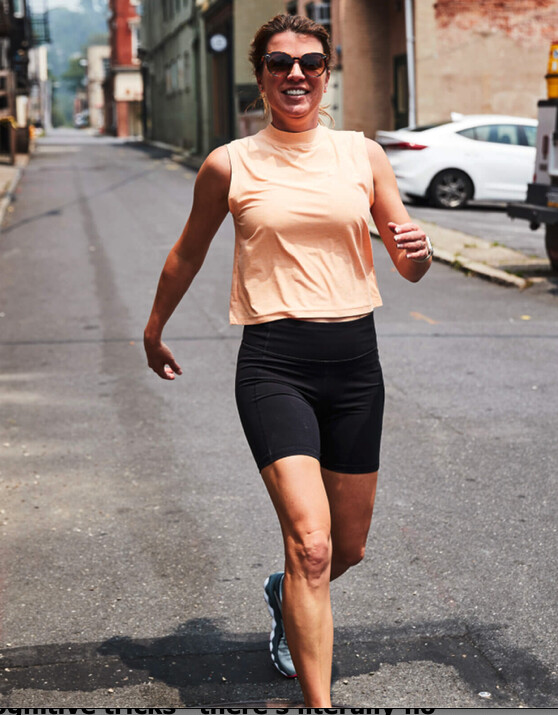
KEEP SPEED UNDER CONTROL
Midrun, usually I’ll just tell myself to slow down for the next mile so I can relax and get back into a groove. What I find always happens is I end up slowing my pace for only a few seconds, maybe a minute, and end up right back at my usual pace feeling okay.
In a race, it’s a different story. I’ll usually force myself to take a look at my heart rate or breathing. If it’s all under control for the given speed, I tell myself that everything is fine and that I have no reason to bail. I’m not big on mantras, personally, so using whatever data I have at hand helps me get past those moments when it gets hard. JEFF DENGATE // Director of Product Testing
GIVE LINGUISTIC ZOOMING A SHOT
I ’m sure you’ve heard about the value of positive self-talk. But did you know that switching the point of view can make a difference? During tough track intervals, I’ve been trying out something called linguistic zooming, which is when you use the second- or third-person point of view to talk to yourself. This creates distance between yourself and the stress you encounter. So instead of saying, “I’m crushing this run. I’m gonna be done before I know it,” I’ll say, “Theo is crushing this run. He’s gonna be done before he knows it.” It’s a little weird at first, but it helps. And if I’m feeling brave, I’ll even talk to myself out loud. I love trying out these cognitive tricks—there’s literally no downside! THEO KAHLER // News Editor
IMAGINE THE POSTRUN FEELING
Take a quick rest, catch your breath, inhale and exhale deeply for a few breaths, do a little scream if you need to, and then tell yourself this: You’ve made the commitment to get out there. How are you going to feel later today if you throw in the towel now? Will your future self like your decision to quit when the going gets tough? No? Then just go! Change the narrative and start daydreaming about how good you’ll feel when you’re finished with the run and attack the rest of the run like it’s your only job in the world. Outrun the voice that tells you to quit. Not every run is going to feel amazing, but you’ll feel amazing at the end of the day knowing that you quieted the voice that said you couldn’t do it. JENNIFER ACKER // Health & Fitness Editor
DO IT FOR YOUR RACE DAY
We all get in the mental game: I’m done, I’m thirsty, my legs feel heavy, it’s too hot, and so many more! I coach my athletes to “run with joy” for every run—not just the glory of the big race. I want them to remember why they run. For me, I keep thinking of the actual race finish. I remind myself that without this effort, I cannot experience the glory of a race day. When training for my marathon two summers ago, while on a 15-miler on a very humid day, I was running the second half as a test. Mile 11 is when the doubt started to set in. I brought on the mindset that if I cannot finish this run, how the heck will I do it on race day? I pushed through successfully and had a good run, smiling in the end. So remember your “why” and let that push you to the finish of every long run. ADAM TILLS // RW+ Member
THINK OF RUNNING AS A GAME
A few years ago, I was caught in a torrential downpour while listening to “The Hero” theme song from the anime series One Punch Man. It reminded me of how my passion for running came from being a gamer, and suddenly I was in love with running in the rain. Why? Because running is exactly like gaming.
In a game, you often encounter enemies when you’re tired of battles/hills, down to your last potion, and ready to rest and heal/head home and drink a protein shake. But face them and you get experience points (EXP) and rewards like weapons and armor. How is pressing on in bad weather or tough terrain any different? It isn’t. ERIN FAN // RW+ Member
FOCUS ON ONE STEP AT A TIME
When training for my first half marathon, I was scared and doubted I could do it. This is what my trainer suggested after one training session: If I get to the point when I feel like quitting, I should stop, breathe, and instead of looking at the finish line, focus on the step in front of me and do what I can to make it the best step possible. We talked about setting points ahead to run toward to give myself smaller challenges. This advice has helped me get through seven marathons, including the time when I cussed my way up the San Francisco hills. So here I am, making those little goals, focusing on making my each next step the best step possible. BONNIE WILSON // RW+ Member
(08/05/23) Views: 88Try this short tune-up workout ahead of your next race
Figuring out what to do in the last few days or weeks leading up to your goal race is tricky. Do too much, and you risk being tired and burnt out when race day rolls around. Do too little, and you feel sluggish and stiff–like you forgot how to run in the days since your last workout. This quick session is a great way to put in some work before your race without tiring you out before you toe the line.
The idea behind this workout is to practise the pace you’re going to run on race day, so that the “memory” of what that speed should feel like is fresh in your legs when you get to the start line. A small amount of faster work in the middle keeps you from feeling stale or sluggish and builds confidence, and returning to race pace for the final section of the workout forces you to find that speed again, which is good practice if you accidentally go out a bit too hard on race day.

When you do this workout depends on what type of race you have on the calendar. If it’s a marathon, you should do this no closer than a week before your race. If you’re running a half-marathon, you could do it five to seven days ahead of your race, and if you’ve got a 10K or 5K on the calendar, you could slot this into your schedule three to five days out.
The workout
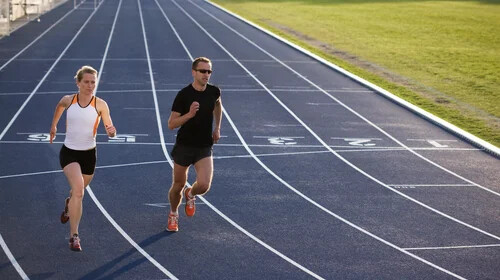
Warmup: 10 minutes’ easy jog
Workout:
10 minutes at goal pace/3 minutes easy jog
5 minutes at slightly faster than goal pace/2 minutes easy jog
10 minutes at goal pace
Cooldown: 5-10 minutes’ easy jog, followed by light stretching.
(08/07/23) Views: 83Brittany Hambleton
Olympic champion Athing Mu doubtful for 2023 World Athletics Championships
Defending 800m champion Athing Mu is contemplating the possibility of forgoing the 2023 World Athletics Championships to concentrate her training efforts on preparing for the Paris 2024 Olympics.
The Tokyo 2020 Olympic gold medalist finished second in the 1,500m at the U.S. National Trials last July, behind Nikki Hiltz. Despite this, she declared her intention to focus on the 800m in Budapest.
However, on Wednesday (2 August) her coach Bobby Kersee said Mu’s participation in the Worlds is still a decision they are mulling over.
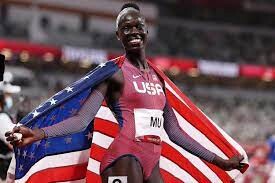
“It’s in our control if we decide we’re just going to go ahead and train through this year and focus on next year, then that’s what we’re going to do,” he told LA Times.
“The training is going well but our thought process, openly, is that we’re going to just train here in L.A. for the next two weeks and the next time she gets on the plane it’ll either be on vacation or to Budapest.”
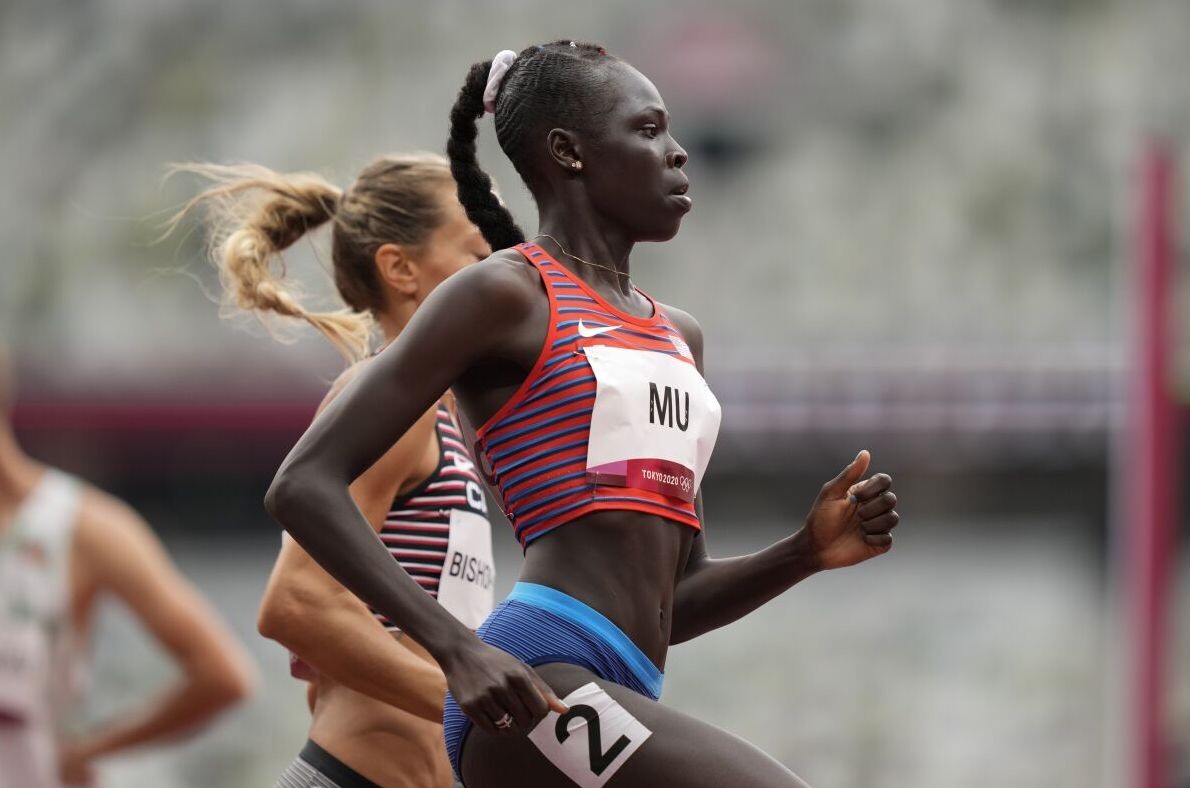
The 21-year-old, who won the 800m gold in Oregon last year, has even withdrawn from a build-up race at the Ed Murphey Classic in Memphis, Tennessee. Mu was initially scheduled to compete in the 400m this weekend.
Throughout this season, she has only participated in three races: the 800m race she triumphed in at the NYC Grand Prix in June, as well as the 1,500m qualifying race and final at the U.S. Championships.
Should she decide not to compete in Budapest, Team USA, which has the opportunity to field four runners, will feature Nia Akins, the Trials winner, along with Raevyn Rogers and Kaela Edwards, who secured second and third positions, respectively.
Mu's absence will elevate Olympic and world silver medalist Keely Hodgkinson of Team GB, as well as Kenya'sMary Moraa, the reigning Commonwealth Games champion and third-place finisher at the 2022 Worlds, as the favorites for the gold in Budapest.
(08/04/23) Views: 8016-year-old Texas sprinter breaks ridiculous record for 400m
While most 16-year-olds are learning to drive and being pressured by their parents to figure out their career path, Jonathan Simms of Allen, Texas, shattered a near three-decade junior world record in the men’s 400m at the AAU Junior Olympic Games on Saturday.
Simms ran a new personal record to win the 15-16-year-old boys’ championship in a U16 world record of 45.12 seconds.
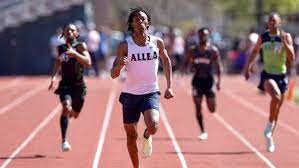
Simms entered the race as the U.S. national champion with a 46.09-second run at the Nike Outdoor Nationals in June, but his personal best was 45.90, set at the Texas state championships earlier in the season. Simms won the race handily by two and a half seconds and followed up his win with a gold medal in the 4x400m relay later where he split 44.76.
His new record time eclipses Obea Moore’s previous mark of 45.14 from 1995 as the U16 world record. Moore held the record in this event for 28 years. He was expected to be the next great American quarter-miler, to follow the great Michael Johnson, but he never lived up to expectations.
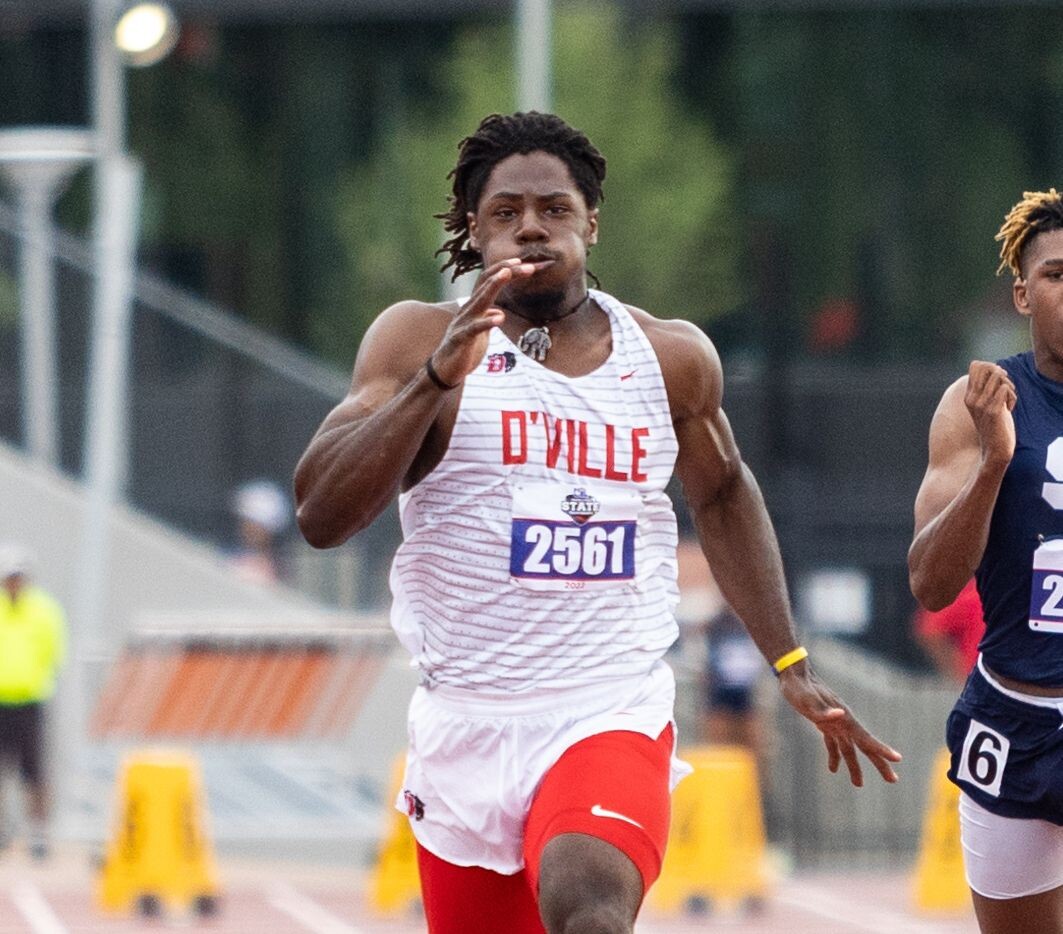
Simms’s new record time is only a tenth of a second shy of the 2024 Olympic standard for the 400m (45.00). Earlier in the week, Simms also won the 800m at the AAU Junior Olympics in 1:51.69, a new personal best.
With such remarkable performances at a young age, Simms has undoubtedly captured the attention of the track and field world as a rising star with immense potential for the future.
(08/07/23) Views: 80Marley Dickinson
Injury-plagued Emmanuel Korir ready to 'fight' to defend his world title
Korir has failed to impress since the start of the 2023 season due to his injury.
Despite an injury setback that has seen him struggle to make an impact since the 2023 season started, reigning World and Olympic 800m champion Emmanuel Korir is ready to fight as he seeks to defend his title at the World Championships in Budapest, Hungary.
The US-based athlete insisted that he cannot just sit and watch the title being snatched from him and he has promised to bring back something better.

“I’m going there for it (the title) …I’m very hungry. I am not going to let it go to someone else. We shall fight and definitely bring something better back home…that’s for sure,” Korir told Nation Sport.
Korir started off his outdoor season with an eight-place finish at the Diamond League Meeting in Rabat, Morocco where he fizzled out to finish eighth.

He then proceeded to the Diamond League Meeting in Paris, France where he also failed to impress by finishing 10th. Korir’s most recent race was at the Diamond League Meeting in Stockholm, Sweden, where he also finished a distant eighth.
As he heads to Budapest, he is bound to face a stern test from the upcoming duo of Djamel Sedjati and Slimane Moula who have done pretty well in the Diamond League Meetings this season.
Canada’s Marco Arop will also be in the mix seeking to improve on his third-place finish during last year’s World Championships in Eugene, Oregon.
Korir will enjoy the company of youngsters Emmanuel Wanyonyi and Kipng’etich Ngeno who will also be seeking to make a statement on the global stage.
(08/07/23) Views: 78Abigael Wuafula
Runners: alleviate your knee pain with these strength exercises
As any runner knows, knee pain can be a bothersome and common issue, and it can interfere with performance. Often, it’s tempting to ignore the pain and overlook the potential consequences, but neglect will only make things worse. One of the most common reasons for developing knee pain is neglecting foot and ankle mobility, which can increase stress on the knee joints.
David London, a registered physiotherapist at The Runners Academy in Toronto, shares several exercises to help you alleviate your knee pain and strengthen lower leg mobility. “You have to be proactive to get the most out of your body,” says London. “Being proactive translates to better running.”
“If you have no range of motion in these areas, your knees will take a beating,” London points out. “A way to test your range of motion is by doing a few deep squats. You want to be able to fully go down without discomfort.”

In the video, London sheds light on issues such as improper form, overuse and muscle imbalances, sharing insight and demonstrating several leg-focused exercises to address discomfort and strengthen muscles around the knee.
“Strong hip muscles, including the glutes, hip abductors and hip flexors, help stabilize the pelvis and stress on the knees while running,” says London. “Ankle mobility is also crucial for distributing forces evenly throughout the lower extremities.” Strong and well-balanced hips and ankles can contribute to helping the lower body move more efficiently.

Adding a short routine that focuses on strengthening and mobilizing the hips and ankles is essential for preventing injuries and enhancing your running performance. London notes that just giving attention to these areas can help with pain-free running and efficient movement throughout their lower body, protecting the knees in the process.
David London is a 28-year-old registered physiotherapist at The Runners Academy in Toronto who studied nutritional science at the University of Toronto, then completed an MSc in physiotherapy at Dalhousie University. He is an avid runner, soccer and ultimate player, with the goal to promote an active lifestyle.
(08/04/23) Views: 75Marley Dickinson
Should you warm up before your marathon?
Two-time Canadian Olympic marathoner, Reid Coolsaet, insists that a warm-up is a good idea, but it's important to not go overboard.
Most runners understand the purpose of warming up before a race, but the question remains: should you be doing a warm up before your marathon?
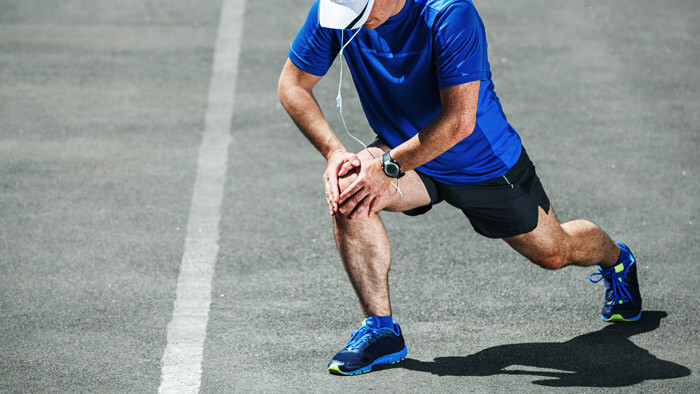
The warm up is a crucial activity to prep your muscles for the demanding marathon ahead. By increasing your core body temperature, a warm up speeds up the supply of oxygen to your hardworking muscles, promoting optimal performance. Additionally, this procedure boosts blood flow to the working muscles, priming them for the effort and effectively reducing the risk of injury.
While warming up is essential, it’s important to be mindful of the energy it requires. For shorter races like 5K or 10K, running out of energy is not a concern, given the race’s briefness. However, when you’re gearing up for a marathon that spans three-to-four hours, conserving energy and glycogen (stored carbohydrate) is vital.
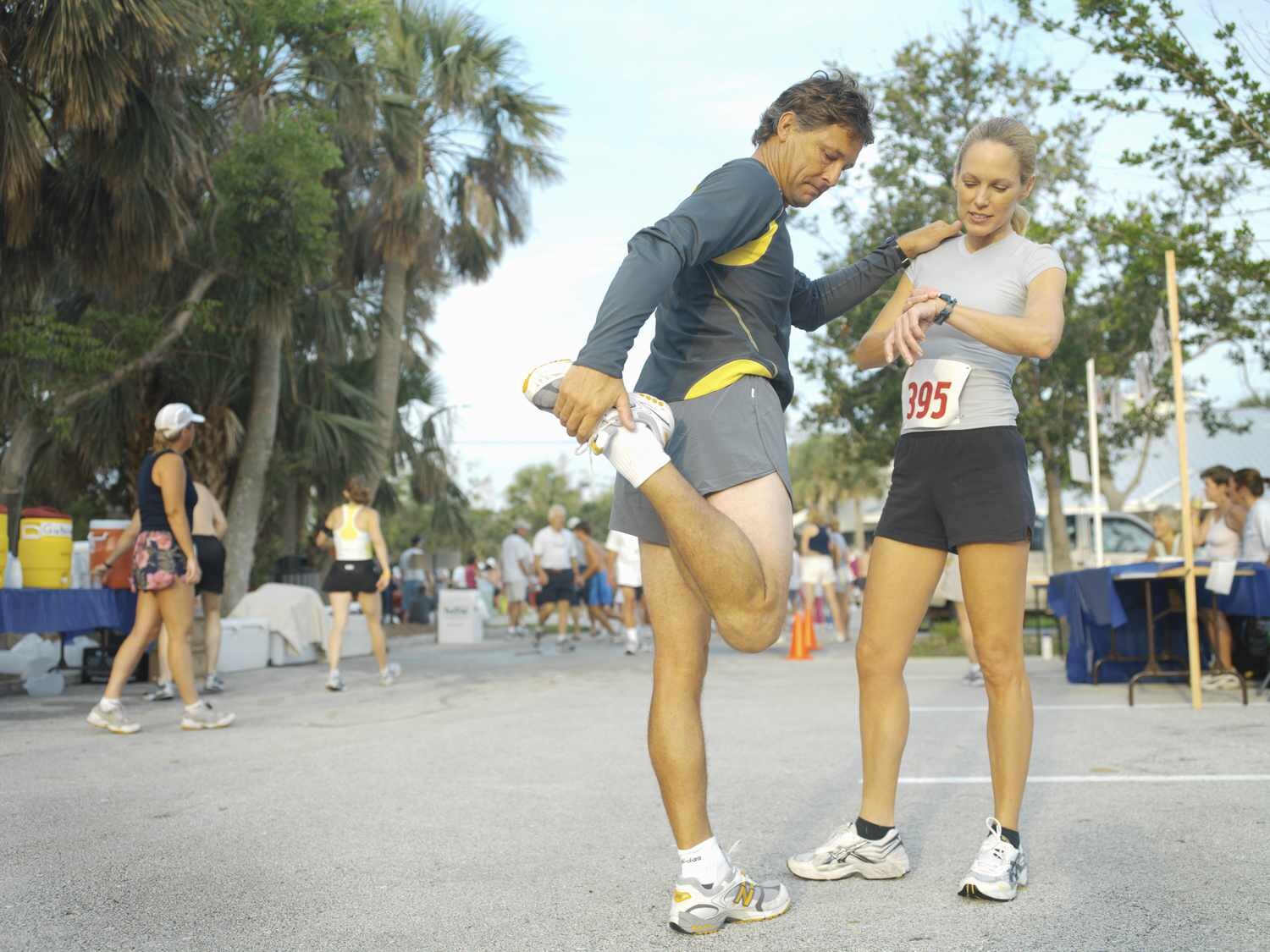
Two-time Canadian Olympic marathoner and head coach of CoolsaetGo, Reid Coolsaet, advocates for a warm up but emphasizes not overdoing it. He suggests running enough before the race to hit your race pace off the start line. “You want to run enough before the race to hit your race pace off the start line,” says Coolsaet. “Five to 10 minutes of running and a few strides is plenty.”
He notes that many marathon runners find themselves running at around warm-up pace for the first five or 10 minutes into the race. “Going beyond a 10-minute warm up may prove counterproductive, as it could lead to regrets later on, especially around the 40-kilometer mark,” says Coolsaet.
Another thing Coolsaet mentioned is to leave enough time between your warm up and the start of the race to navigate the porta-potty lines. GI issues can be a runner’s worst nightmare, especially only 10 kilometers into the race.
So don’t overlook the importance of a warm up, as it can be a gateway to ensuring that your body is primed to take on the distance and conquer your personal best. Get your muscles ready, conserve energy and tackle those 42.2 kilometers like a champion!
(08/07/23) Views: 75Marley Dickinson


